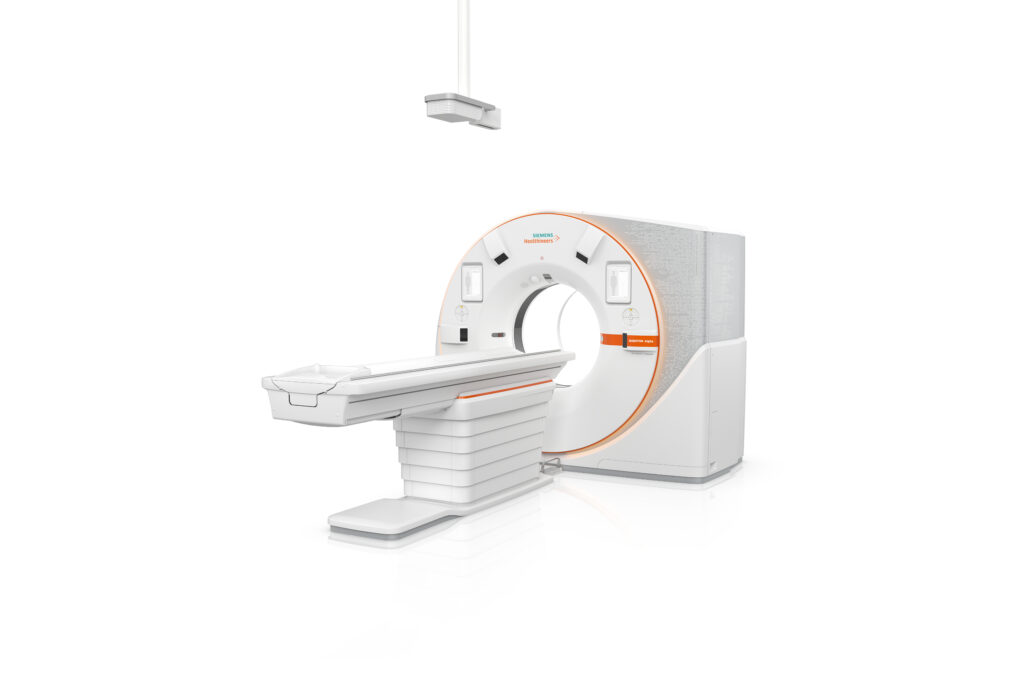The project aims to enable new CT generations by replacing traditional data transmission with a dedicated wireless solution and thus
a) “Enabling” revolutionary data rates for new sensor generations,
b) Reduction of the requirements for mechanical precision, and
c) Reduction of scanning times.
Computed tomography (CT) plays a central role in medical imaging with over 75 million scans per year worldwide. This project will conduct a feasibility study on replacing data transmission in computed tomography (CT) scanners using mechanically complex slip rings with scalable wireless data transmission. This will enable revolutionary data rates for new sensor generations and a reduction in mechanical precision requirements as well as scan times. Wireless solutions will enable CT scanners to achieve higher reliability, which can lead to a longer lifetime of the device. This collaborative project will explore the wireless channel considering use cases, the active and passive hardware development options that enable such a high data rate, and the stability of such systems. New concepts for transceiver and antenna integration are being developed to achieve a maximum data rate of 100 Gbit per second. Modelling data for the channel environment will be provided to consider channel effects. At the end of this project, a communication prototype will be developed. It will provide a good foundation and expertise for the next phase where a communication system for a working CT prototype will be developed.
Dr. Padmanava Sen I Research Group Leader RF Design Enablement, Barkhausen Institute
- Michael Hosemann | Siemens Healthineers AG
- Prof. Dr.-Ing. Juliana Panchenko | Fraunhofer-Institute for Reliability and Microintegration IZM, All Silicon System Integration Center Dresden (IZM-ASSID)
- Dr.-Ing. Friedrich Burmeister | TUD Dresden University of Technology

